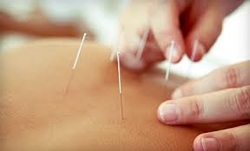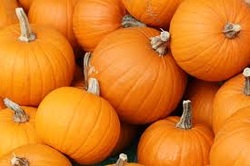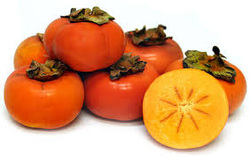
So here’s my dilemma: I love all the trick-or-treaters that come to my house in all their cute little costumes, and I love to give them treats! However, I know that sugar is highly addictive, makes people fat, rots teeth, and is detrimental to good health. So how can I feel good about handing out individually-wrapped sugar bombs? Sure, I can say that it’s all in good fun. They’re not my kids. I won’t have to deal with the sugar highs and crashes. C’est la vie.
I can give out healthier treats, but that most likely would have to be something I make myself. And what parent in their right mind would let their kids eat something that’s homemade and given to their kids by a complete stranger? Besides, I remember when I was kid. Those were the kind of treats that I didn’t want anyway. So that’s out.
As I was searching the seasonal candy isle in my local grocery store and about to give up because I couldn’t find any sugar-free candy, I found YumEarth Organics Organic Pops. Hmmm. “Made with Real Fruit Juice”. Hmmm. According to Phil Lempert, TODAY Show food editor, “The BEST Lollipop I’ve ever tasted”. Hmmm. “No High Fructose Corn Syrup”. I like that!
The ingredient list includes organic evaporated cane juice, organic brown rice syrup, non-gmo citric acid from beet (not corn) sugar, natural flavors, organic black carrots, organic black currant, organic apple, organic carrot, organic pumpkin, and ascorbic acid.
Ok, I know, the first two ingredients are sugar, and that’s still a lot of sugar. However, these pops use unrefined sugars that have a lower glycemic index (55 and 25 respectively) than white sugar (64) or high fructose corn syrup (62), meaning they have less of an effect on blood sugar levels. Of course, I would prefer to have found candies with an even lower glycemic index rating. Maybe next year.
I decided to try one. You know, test it out before giving it out. OMG – these are REALLY GOOD!!! I won’t feel like I’m tricking the kids tonight with something they’re not going to like!
Other alternatives include peanut M&M’s, preferably with dark chocolate, since the peanuts have protein, fiber, and other nutrients, and dark chocolate has antioxidants. Or Planters sells boxes of individually-wrapped nuts, which have protein, fiber, and nutrients, without the sugar.
I’d love to hear what healthier alternatives you’ve used for trick-or-treaters! Please leave a comment.
Happy Halloween!
Resources








 RSS Feed
RSS Feed